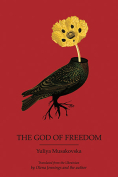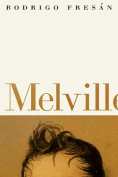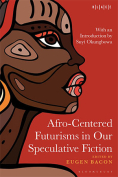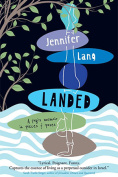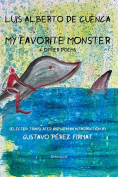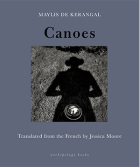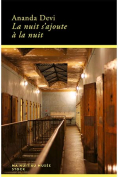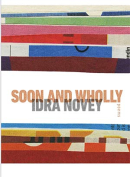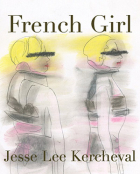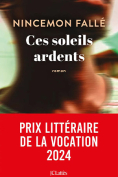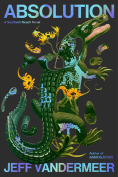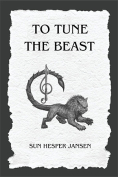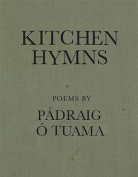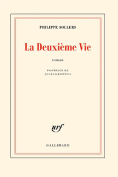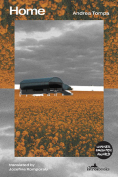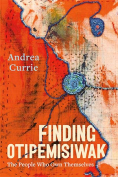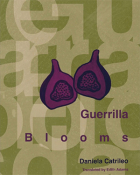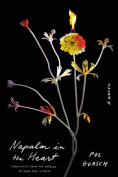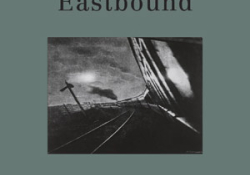Canoes by Maylis de Kerangal
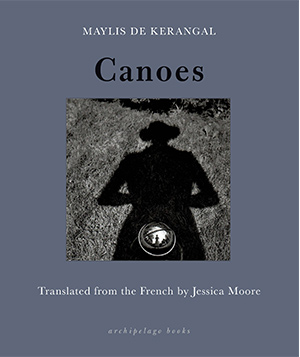
New York. Archipelago Books. 2024. 208 pages.
The title reverberates through each of the seven electrifying—mostly brief and one novella-length—selections in Maylis de Kerangal’s linked collection of short fiction, Canoes. It aids the reader in parsing the voices of women on the verge of alienation and annihilation enduring grief and loneliness. The image is sometimes an explicit reference, sometimes metaphorical or metaphysical, sometimes with an element of the preternatural.
The opening story, “Bivouac,” establishes the template for the far-ranging uses of this symbol in the text. There, it is specifically a dentist’s small gold pendant that dangles beside the nose of the narrator, a woman “on high alert, vulnerable, precarious.” She is suffering from constant migraines and vertigo. While staring at the Styrofoam tile grid of the drop ceiling, her mind drifts to the haunting image of an archaeological discovery of a Mesolithic jawbone found in the fifteenth arrondissement. The narrator surmises that the root of her discomfort stretches far beyond her jawline. She fantasizes about the “last hunter-gatherers of prehistory . . . leaving behind traces that archaeologists would bring to light ten thousand years later.” She imagines her own jaw on which “our whole mechanism is suspended” ending up a plaster mold in the dentist’s office bivouac, “without a voice,” the only possibility for formal identification.
In “Stream and Iron Filings,” the narrator, reminded of actual canoes during a long-ago camping trip in Aubrac with an old friend, Zoe, is on the edge of anxiety, depression, and madness. When they meet years later, it is “as though they had seen each other just yesterday.” But Zoe’s voice has changed. It was once a “clear and lively timbre . . . with a staccato flow, sharp . . . that could grow louder without stridence—a mountain stream” and “recognized among thousands of others.” Now, to accommodate patriarchy and ensure a radio job, Zoe explains she made it “lower, deeper, calmer” to connote “competence, authority, and assurance no one would grant her high voice.” Contrariwise, the narrator, rejecting the “assimilated superiority of the low voice,” sees Zoe’s acquiescence as a loss of individuality.
Voices and assimilation become an underlying theme, especially in the bristling centerpiece, “Mustang.” The car with “almond-green leatherette interior” represents a different kind of canoe. It is the same model “K coupe, two-door, 271 horsepower, eight cylinders, 4.7 engine, three-speed automatic transmission” that Steve McQueen drove in Bullitt. In short, a “legendary American car,” one the narrator’s husband, Sam, thinks will help her become a stereotypical American in mid-1990s Golden, Colorado.
Sam, studying at the Colorado School of Mines, has brought her and their young son from France. The narrator, earnestly practicing English, struggles to adapt to small-town life, a place in the translator’s rendering that “smells like the wet earth and hops from the Coors made at the brewery nearby.” She tries to understand the “mythographic swill” of the legend of Buffalo Bill. She is “filled with the strange sensation of being complicit in the legend, slowly becoming “an American house, the front yard landscaped, the back a mess.”
The narrator doesn’t recognize Sam’s voice. Like Zoe’s, it has changed. It is “progressively converging,” becoming more Midwestern, “significantly louder and slower than in France.” She is disoriented. Ironically, the translation reads, once she could “distinguish it from hundreds of others like a track in the mix of voices . . . to make it out from faraway.” But now “it comes down hard,” leaving her lost in an unfamiliar landscape.
She takes bus trips. At the Colorado Magical Stones Store, a mineralogist gifts her an amazonite to protect her from “fear, promote self-expression.” In Denver, an Indigenous arts collection resonates in her consciousness, making the “murder of so many indigenous people palpable,” cautioning her about losing her own sense of self. Learning to drive the Mustang gives her a kind of necessary freedom that takes her “far beyond the limits of [her] familiar perimeter.”
The remaining stories—“Nevermore,” “A Light Bird,” “After,” “Ontario,” “Arianespace”—underscore the recurrent themes and motifs. In the uncanny “Nevermore,” a narrator in touch with language as “living matter” records Edgar Allan Poe’s “The Raven” in a sound booth, her voice a “light canoe on [a] dark ocean” before an actual raven lifts off “majestically” into the “beaten night air mixed with December’s cold.” The intriguing “A Light Bird” focuses on the “painful abstraction of grief” as a daughter pleads with her father to erase the voice of his late wife and her mother from the answering machine because it exists in their eternal present as if they were “two blind people in a canoe, paddling countercurrent.” A high school graduate in “After” emits a primal scream. On Remembrance Day in “Ontario,” a translator at a Toronto book festival recalls the memory of a canoe wedged between the walls of her apartment, “holding and resisting them” like her efforts to hold on to the recollection of a colleague’s grief. “Arianespace” bookends the collection with the tinge of the preternatural when an investigator from the Task Force for the Study of Nonidentified Aerospace Phenomena (tfsnap) takes a witness statement from ninety-two-year-old Ariane who describes a “flattened cone shape” land in a grassy field and invites her to wait for the next arrival.
Moore’s closing translator’s note remarks that the “text has been held within two bodies, and taken on the inflections of two authorial voices. . . . [I] have tried to match my timbre to [Maylis’s] as closely as two different languages and two separate worlds of reference allow.” De Kerangal’s own voice in Canoes and Moore’s, as it did in her translation of de Kerangal’s Eastbound (see WLT, March 2023, 66), exudes exquisite language captured in balanced phrasing, nuanced word choice, and vivid specific details. Together they develop indelible characters and evoke a mesmerizing group of provocative, unforgettable stories.
Robert Allen Papinchak
Valley Village, California


